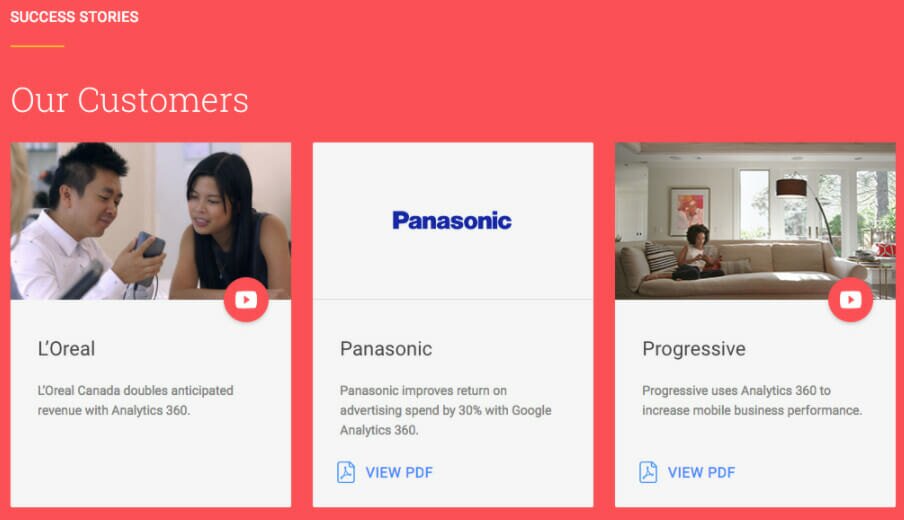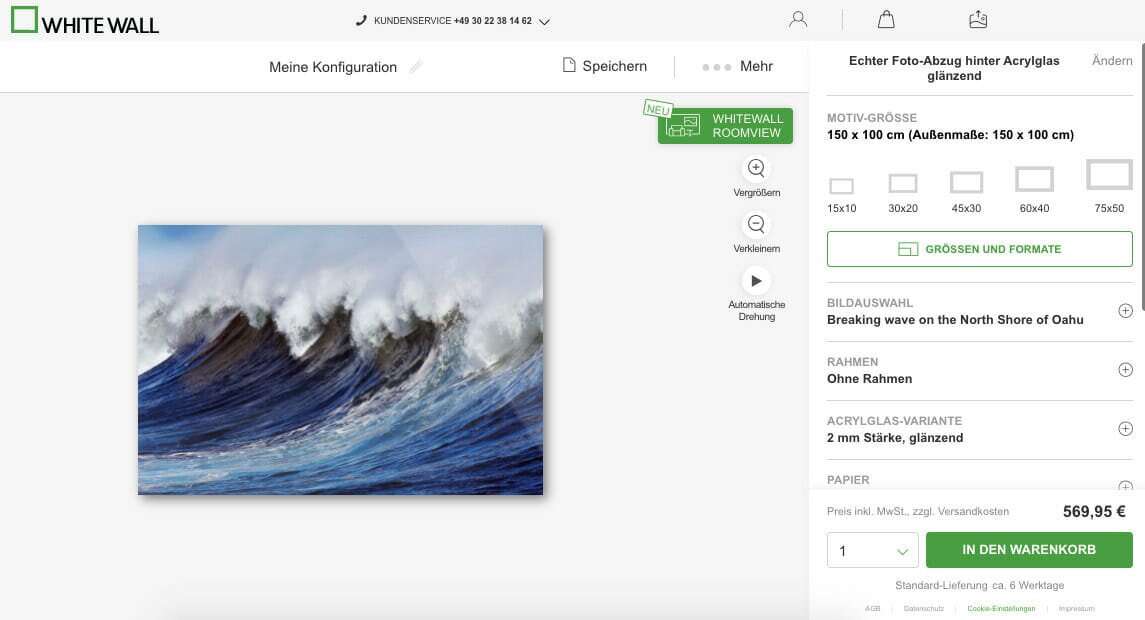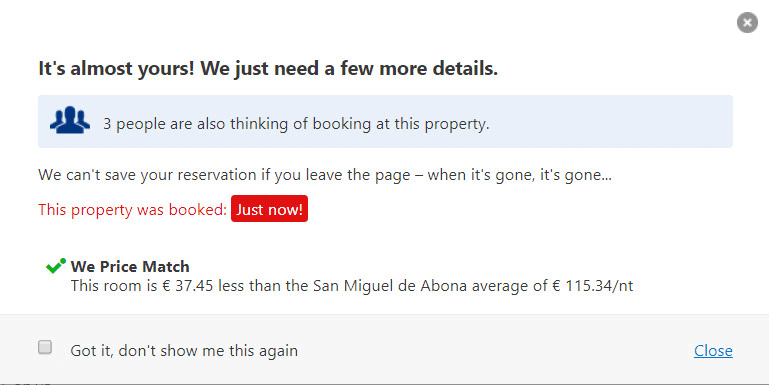Imagine an ideal situation where your customers are emotionally connected to your business. They come to your site without any external prompting and have a strong internal trigger to use your product. Companies that form such subconscious connections with their product are going far beyond traditional well-known market metrics about conversion rates, retention, and viral growth. What are they doing so well that you are not doing?
In this post, we will look at the vast concepts of behavioural engineering to help you design better products.
Daniel Kahneman in his findings challenged traditional economic theory. He proved that people are very subjective and influenced by their current emotions. Their decision-making abilities are strongly affected by a variety of cognitive biases causing them to behave irrationally without noticing it.
There is a fundamental statement about your customers' behaviour: mental or cognitive energy of the person is a very limited resource and organically you are trying to avoid any invaluable loss of it. Sebastian Marshall described different types of cognitive costs to drive action in this post.
Energy economy is the basis for most of the subconscious motivations, which we don't logically realize, but heavily influenced in the form of comfort and discomfort feelings—6th sense as they say.
Thousands of years of evolution introduced an effective patterns tool for our brain to rationally consume mental resources. Once several actions are repeated and adopted, your brain doesn't need to spend a lot of cognitive energy for the pattern execution. A successful strategy for the new product or business would include finding existing relative human patterns that can be utilized to easily include new service and associated behavioural patterns into the customer's daily routine.
Here are a few key takeaways for you:
- Design patterns for online web services is a must.
- Mimic existing well-known workflows or physical analogues.
- Form a new pattern, which will give a benefit to your business by leading users through your activation funnel several times.
- Don’t try to break existing strong habits of people to do things in a certain way.
- Avoid having complex user scenarios for the newcomers.
Nir Eyal described an interesting way of building habit-forming products. This correlates with other findings by Kate Fehlhaber about dopamine–reward cycles and transferring voluntary activity, under conscious control, to an unconsciously driven desire. Let’s go deeper into this topic, which should become an essential part of your product design strategy. Read this article on overcoming cognitive bias that reduces feature adoption.
Triggering user
Initially, the user can be triggered by an external push in the form of a targeted ad, a recommendation from a friend, or any other lead generation technique. However, the most powerful approach would include forming internal psychological triggers, for example:
- Seeing beautiful land views automatically triggers sharing activity for Instagram addicts.
- There is a funny Instagram channel, which collects photos of the men waiting for their spouses in the shopping malls. This channel always comes to my mind when I see such a situation.
- Another nice example of the situation trigger is a Berlin blog about funny outdoor notes contributed by the community.
Here are some cognitive biases to consider for Triggering Users.
Salience
Saliency detection can be considered as a key component of our learning and survival mechanism. It enables people to focus their limited cognitive energy on the most compelling characteristics of the objects.
It will payout in the future if you put additional efforts into making unique animation, design or product features that will help your brand to stand out in the crowd. Chef Nusret Gökçe was able to gain viral traction very quickly by doing only one usual thing differently. (see image below)
Loss aversion
People tend to have an irrational fear of loss, which comes with the wrong estimation of the profit vs loss probability ratio. This bias is widely used by marketers for triggering users with all kinds of limited offers. A good example of crafting the sensitive feeling around the opportunity that can be lost is used by booking.com. They are showing the number of concurrent users observing the same hotel.
Motivation and ability
Let’s assume you succeed in attracting the user's attention to your activity with whichever trigger method you use. Now there is another challenge of designing the right motivation strategy towards the next step.
Even if your product has a comprehensive functionality with lots of configurations and such flexibility is a real unique selling point compared to your competitors, don't rush to face the newcomer with such complexity. It will require a lot of energy to get used to. Most probably users would prefer less powerful but easier to onboard tools.
Keep up the users’ motivation with the following tips:
- Be creative in providing the most effortless way for the new users to achieve valuable results with your service.
- Think of the interface structure, which will uncover more complex features step by step, allowing the user to dig deeper by encouraging their wish to invest a bit more in exploring new opportunities of achieving better results with your product.
- Default settings, reports, and dashboards carefully crafted by industry professionals can be a good example of such incremental onboarding.
- Don't force users to provide a lot of input or go deep into the product to make the first step.
The following biases can be considered for motivating users.
Halo
The halo effect allows specific positive traits to positively influence the overall evaluation of someone or something. It explains why celebrities are heavily used even for advertising unrelated products. Consumer psychology tends to spread positive kinds of the person to the rest of his qualities, which can be capitalized in the following ways:
- Well-known people can help you to build a trusting atmosphere around your business.
- The same approach can be used for the big brand names or popular local companies that can support the authority of your brand.
- Extra budget for the high-end design and Media Monitoring is still a good idea because the Halo effect also works oppositely. Underestimating the potential of the bad UX or negative feedback from the media influencers can be crucial.
Anchoring
Anchoring relies on the common human tendency to use initial pieces of information for the subsequent purchase decision. The mind of a customer is heavily influenced by this bias in the irrational form of programming itself to use first exposed value or calculation even when it’s overpriced. Utilize this bias in a way that is tailored to your business:
- Online stock outlets can anchor visitors with a big “80% Sale” promo header and lead customers to the purchase with a strong feeling of a “good deal”.
- Luxury online retailers should pay attention to the product grids on the landing pages to set the right user expectations. Too low prices can have an opposite effect. They can push away customers on the next steps when exploring the full assortment of expensive products.
- Anchoring also works for unrelated numbers, so SaaS startups can exploit subscribers by pushing together infinite limits and relatively small prices.
- Airbnb is trying to outsmart Booking by anchoring users with the price per night and not the total amount to be paid. As a result, there is a feeling that Airbnb offers better pricing even if it’s not.
Zero-risk
We are naturally trying to avoid any additional risks, which can be introduced by proposed actions. Additional money-back guarantees, lifetime warranty, and risk-free trial offers are great tools to reassure your customers of the safe next step.
Bandwagon Effect
A lot of people can’t be wrong, right? This simple assumption based on groupthink is well known for ages and can be creatively incorporated into your product, especially with the rise of the golden era of social media. Here are a few ways to use your social channels effectively:
- Highly appreciate and promote customers generated content. For example, unboxing reviews or personal photos with your product.
- Feature positive feedback at the critical sales funnel steps.
- Execute influencer marketing campaigns to grow the social followers' number by sending out your physical product samples for review, invitations to the early testing of the new features or free premium account access to your service.
Social proof can be the last missing point for your users to start converting into real customers.
Base rate fallacy
People tend to pay more attention to the special case information and ignore base rate information. Psychological experiments showed that individuals prefer simpler dispositional attributions over complex statistical approaches. Here are a few ways to benefit from this:
- Tell a true story of one customer as a best practice tutorial on the landing page instead of listing 100 features.
- Transform general service description into the specific use cases and service-in-action screens.

Dopamine reward
Dopamine is a neurotransmitter. It functions as a major motivator to take action in a situation when the desired opportunity is available for you. It’s an essential part of the survival mechanism to reward all actions that fulfil our needs. An increased dopamine level has a positive effect on your ability to stay focused, productive, and motivated. Dopamine rewards us when our needs are met.
Luckily, we have a lot of ways to trigger dopamine reward for our customers to activate habit-forming cycles:
- Create incremental goals for the complex user flows.
- Engage users with multiple levels of the accounts and special badges for outstanding achievements.
- Pair your main product value even with a small “Well Done!” note will provide the feeling of accomplishment for the user and assure him to get a dopamine rush the next time.
Reward users effectively with the following cognitive biases:
Unit
People feel satisfied when completing a unit of a given item or task. Our brain already has this strong pattern of getting dopamine rewards upon reaching the predefined endpoint. Such perception of completion together with the previously described loss aversion bias is a solid basis for your users' activation funnel design. Here are some examples of applying Unit bias in product design:
- Provide a Wizard with steps for the checkout flow or complex product configuration.
- Use a checklist to identify finished tasks and highlights additional actions to achieve the goal.
- Have a percentage of the completed tasks. This is heavily used by social networks to collect full information in the profiles.
IKEA effect
The name derives from the well-known furniture retailer IKEA, which sells a lot of products that require assembly. This cognitive bias exposes our tendency to place a disproportionately high value on the products that were partially customized or assembled by ourselves.
Photo printing services like WhiteWall allow customers to customize the final product and achieve much better results in terms of users acquisition and retention metrics compared to the overall e-commerce market. Think of possible customizations for your product to boost up your conversion numbers.

Post-purchase rationalization
Choice-supportive bias or post-purchase rationalization comes right after the expensive product or service purchase, such sensitive moments should be correctly addressed in several ways:
- Positive attributes tend to be remembered as part of the chosen option. Help your customers fully experience the moment of satisfaction by listing all unlocked features, bonuses or any other advantages.
- Communicate all available support channels, warranty options, lifetime, and money-back satisfaction guarantees to minimize unpleasant risk emotions.
- At this point, you may also embed social sharing functionality or referral programs activity to gain a viral effect of the happy customer.
Conclusion
It seems that a clear understanding of your target customers' internal triggers and underserved needs becomes the most crucial part when designing a winning Product value proposition. But what differentiates great products from the competitors is the ease of adoption, intuitive interactions, and feeling of satisfaction, which drives users to come back again and again. It’s not a pure “luck”, but a careful behavioural design, which considers levels of mental energy, cognitive biases, and existing customers patterns.
It can be a good idea to start using behavioural engineering insights for building more effective products that leverage your audience's psychological patterns to achieve better results for business and customers.









